Avatars for Every thing
How the future of work be a mix of gaming and robotics
Tuesday, January 10th, 2023

America desperately needs 1 million more construction workers. In the rest of the world, this problem is even more significant.
The incentives to work in the construction industry are disappearing as Low-skill service jobs are growing (like uber driving, food delivery, etc.). These low-skill jobs are already competing with construction. That's because construction jobs have a 30-40% higher rate of injury and death than any other job in the world. This trend will only continue.
As we saw in the QATAR world cup, the construction industry is filled with abusive employment conditions and even slavery. However, the construction industry is essential for civilization to flourish. We must consistently renew homes, build new ones, improve infrastructure, and build in dangerous environments. And currently, the only direction for the market seems to be the increase in prices of all construction.
The construction industry is just an example of a more significant trend. The same can be said for agriculture, policing and security, piloting aircraft, care, nursing, and so on.
However, humanity in the 21st century lives in a strange case of an overabundance of skills. Even as we speak in the western world, vast numbers of highly trained people do not apply their abilities in real life but use them in virtual worlds. Malcolm Gladwell's 10k hour principle means that after 10k hours of doing something, you will likely be a master at it. And millions around the world have played much more than 10k hours in games and sims.
If only these skills could be harvested and focused on real-life problems.
Let's look at the construction worker gap problem.
What if we could have an immersive virtual environment where people would be building in real life? Here's what you would need:
- Players would need a high bandwidth connection (which people already have to play their multiplayer games).
- They would need interfaces (such as Virtual Reality controls).
- They would need a physical presence on the construction site.
Of course, the first two requirements are already here. What's missing is number 3. Where could we start developing point 3? In a way, this type of solution has already been worked on in the past, but in an entirely different field: surgery.
Companies like Intuitive, with their DaVinci robot, have performed remote surgery on patients since the 90s! Intuitive even has already accomplished intercontinental surgery.

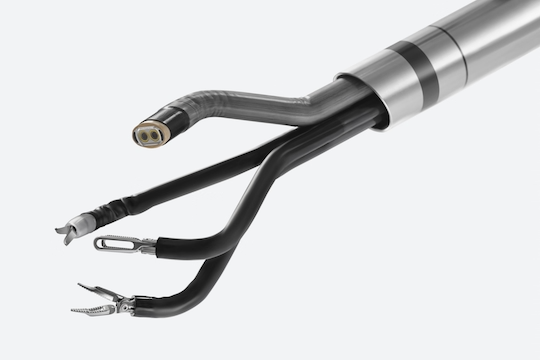
The design of the DaVinci probe is quite ingenious. Imagine if we could apply it to real-life construction scenarios. You would need to:
- Scale up the robot.
- Increase its power significantly.
- Make it compatible with existing construction machinery.
- Keep prices in the same range as existing construction machinery.
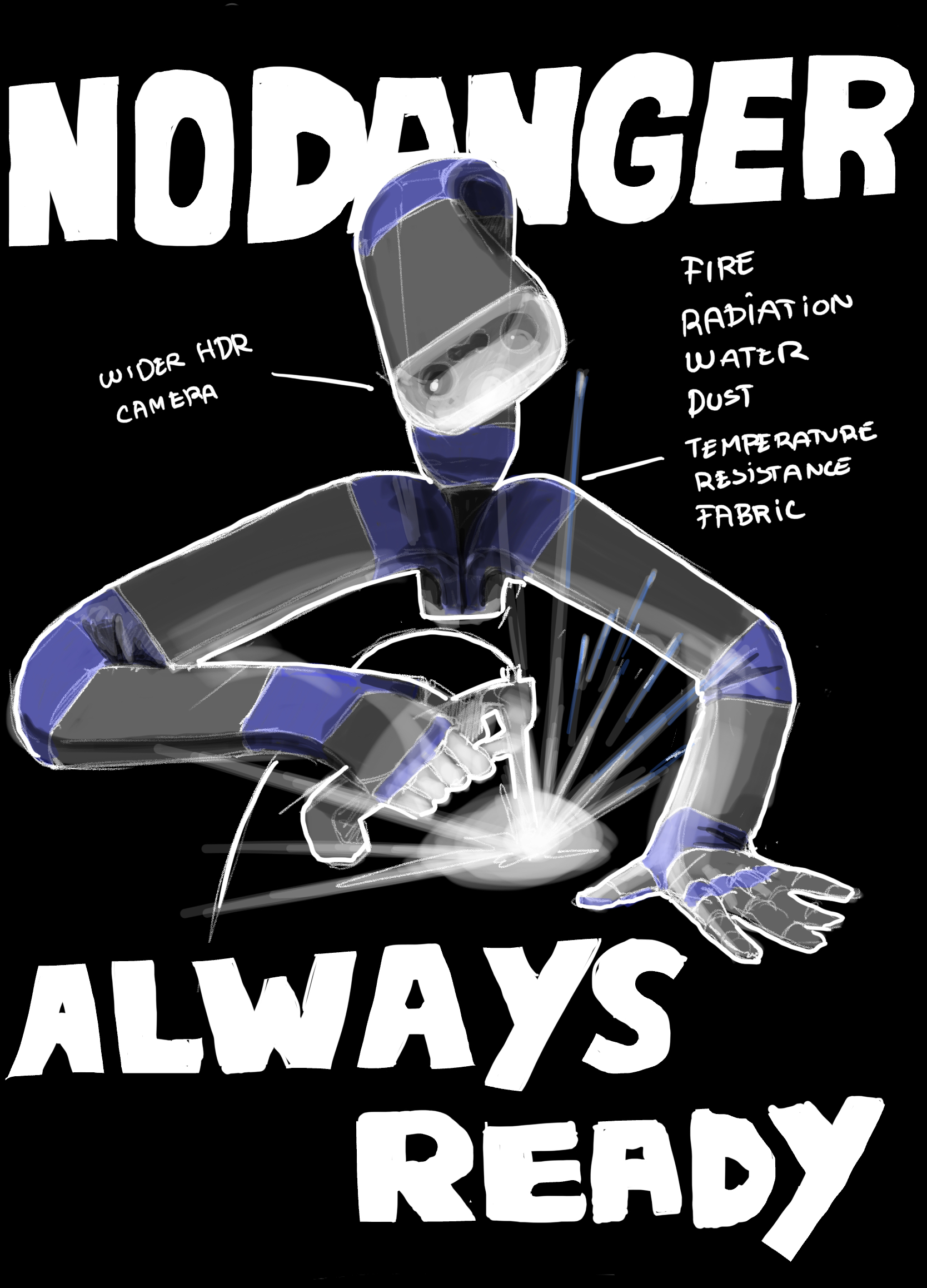
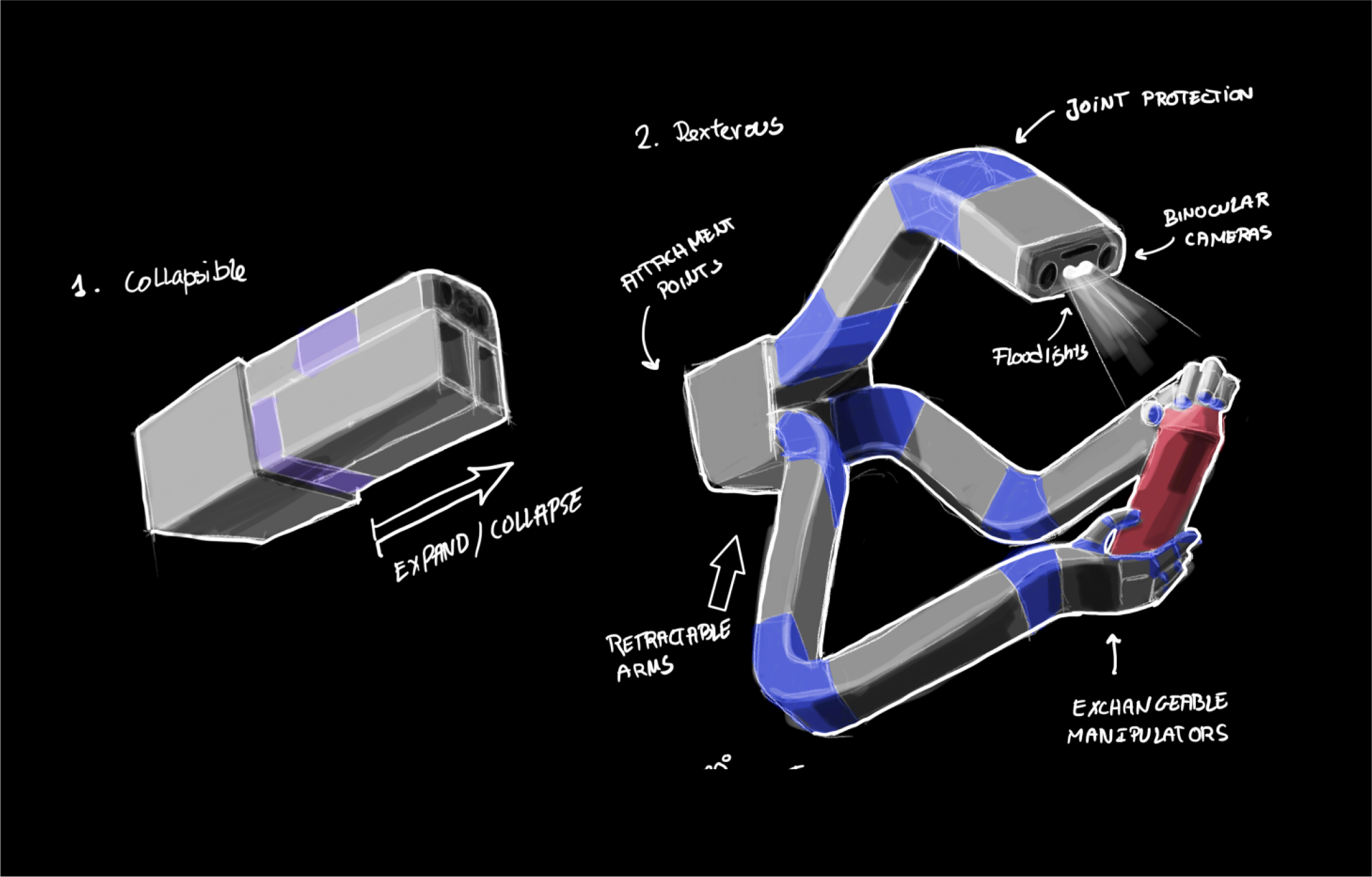

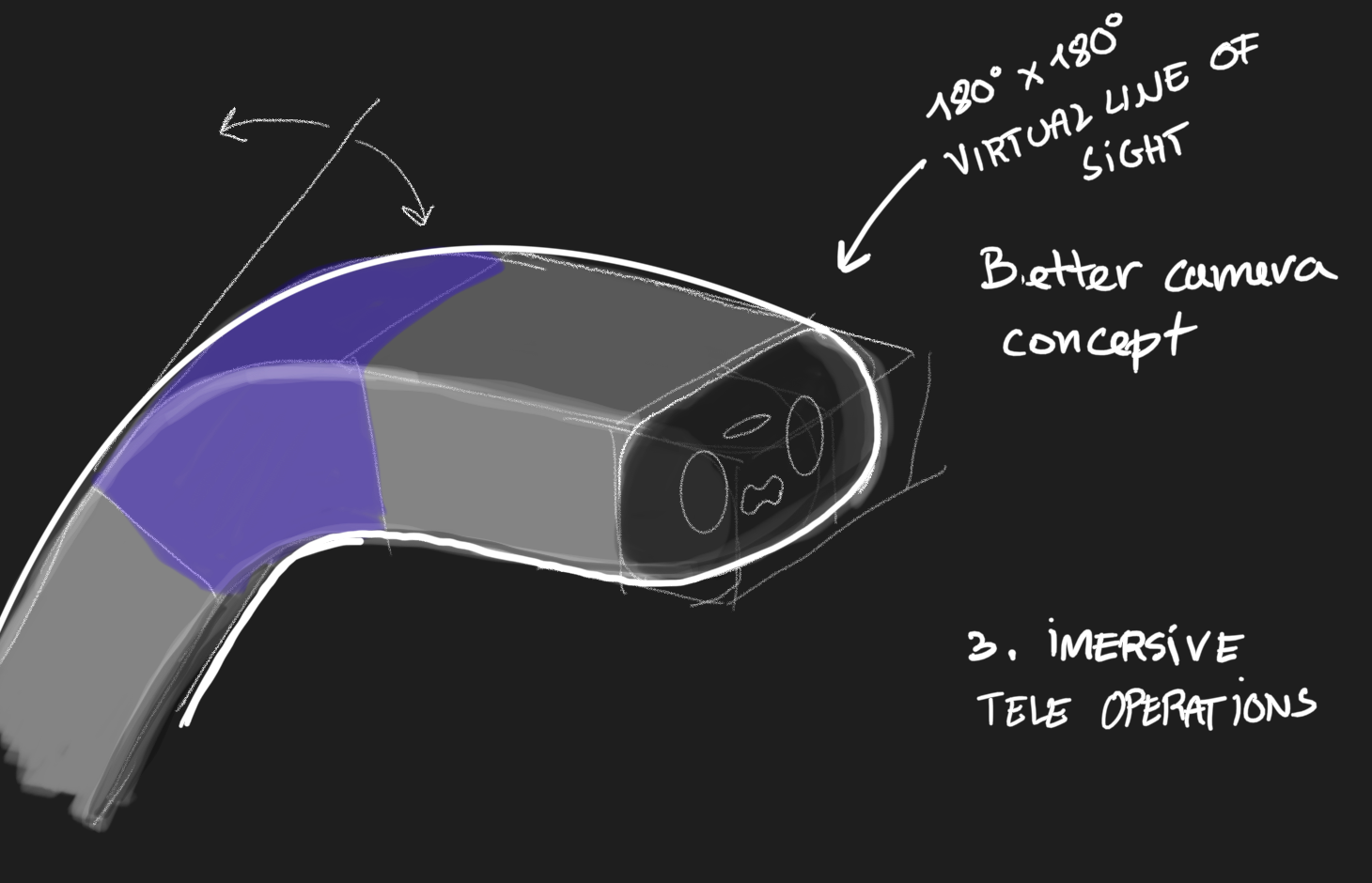
The robot would begin by having the same proportions as real humans. Giving it Human-sized arms and hands would make it compatible with existing construction sites, tools, and conditions.
The timeline would likely go as follows:
- The robot would perform on-site construction being piloted by an expert nearby.
- Access to the robot remotely would be developed so that experts could pilot it in remote and dangerous locations.
- Opening access to a play-to-earn marketplace, where anyone could sell their hours of operating the robot in exchange for actual earnings. After 10k hours of playing, anyone online would likely be an expert in building homes, high-rises, overpasses, underwater ducts, etc.
Instead of risking injury and death on construction sites, individuals could operate the robots from the safety of their own homes. It would also provide a new way for individuals to use their skills and passion for gaming to earn a living.
Implementation of this solution would require a partnership between startups and existing construction companies. Startups would need to work on developing and scaling the robots, while construction companies would need to provide the necessary funding and resources to make it a reality. Additionally, both parties would need to work together to develop the essential training and certification programs to ensure that individuals operating the robots are adequately trained and qualified. This could be done using virtual simulations of the robot.
In terms of business models:
- Primary monetization through a play-to-earn marketplace, where individuals could sell their hours of operating the robots for actual earnings.
- Additionally, construction companies could charge for using the robots, potentially at a lower rate than traditional construction labor.
From a financial perspective, this solution has the potential to save construction companies significant amounts of money in labor costs. It would also provide a new revenue stream for startups and individuals operating the robots.
Additionally, it would increase the efficiency and cost-effectiveness of construction projects, potentially resulting in higher profits for companies.
The path to complete automation
Eventually, the robot would learn from its human pilots and operate autonomously, allowing for even more efficient and cost-effective construction.Working in unpredictable environments is a very complex task to train robotic AIs. By copying humans, the learning speeds of these bots would grow exponentially.
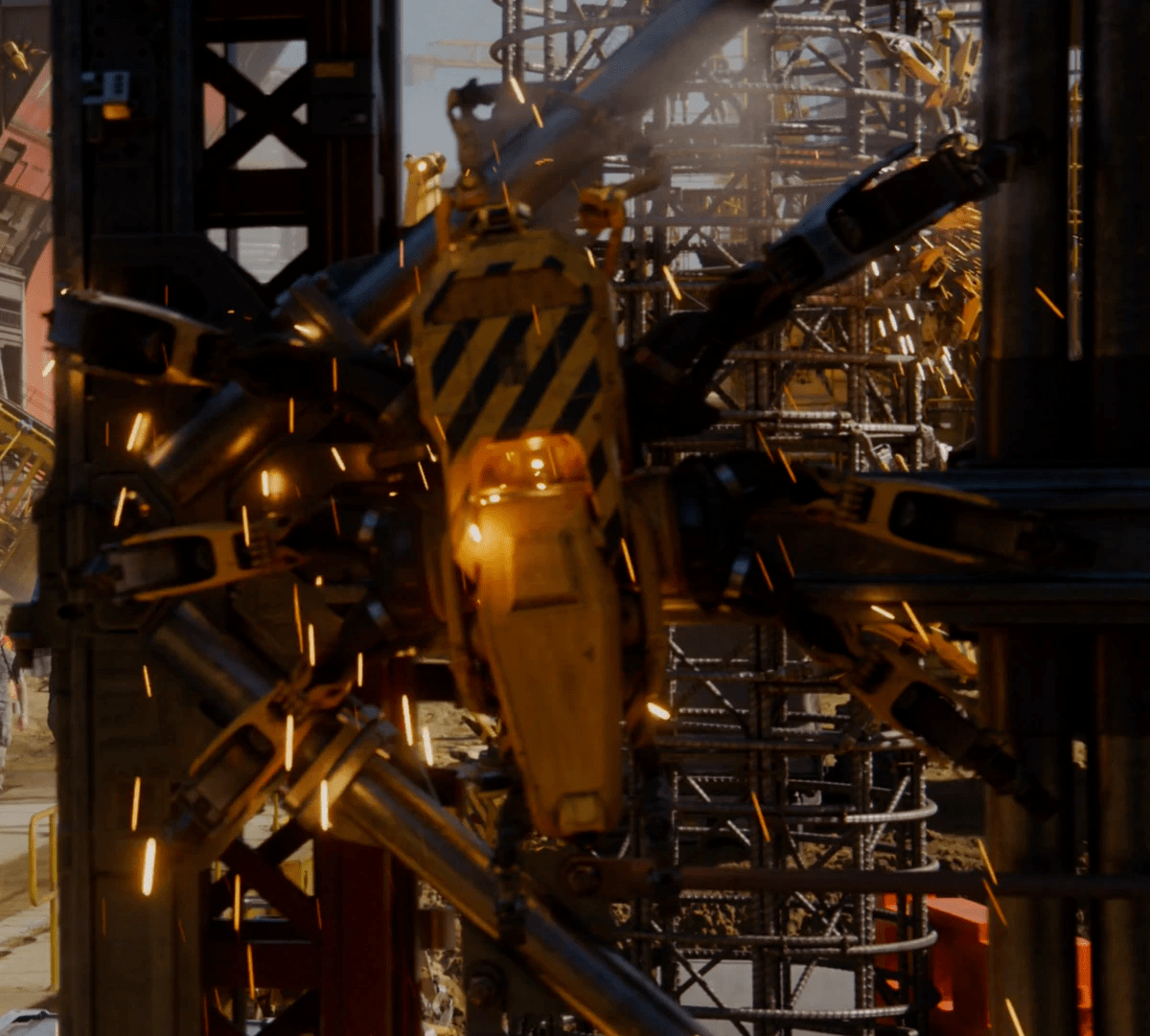



Before AI for construction is fully formed Avatar bots can be deployed, and not only dwell in construction sites but especially in dangerous environments where human level skills are needed.
However the question remains: is it worth developing these avatars at all, as they will be unnecessary when automated construction robots are developed?
In any case, the construction worker gap problem is a pressing issue, and the solution could be to harness the skills and passion of gamers and apply them to real-life situations. By partnering with startups and existing construction companies, this type of solutions can become a reality, providing a new way for individuals to earn a living and continuously solve worker gaps.
Examples of companies working in construction robots
| Company Name | Description | Products | Country |
| ABB Robotics | One of the world’s leading robotics and machine automation suppliers. | N/A | Switzerland |
| Advanced Construction Robotics | World-leading innovator of autonomous robotic equipment. | Tybot, the autonomous rebar-tying robot and IronBot | USA |
| Align Robotics | An Australian robotics company established in 2017. | AutoMARK and TerraMARK | Australia |
| ANYbotics AG | Serves industrial operators with automated robotic inspections to support their efforts in monitoring and maintaining their plants. | ANYmal robot | Switzerland |
| Baubot GmbH | Develops mobile robots that can drive through doors, climb stairs, and use elevators. | BAUBOT MRS5 and BAUBOT MRS12 | Austria |
| Bimprinter | Develops full robotic high definition plotters for tracing at laser millimeter accuracy. | BIMPRINTER® | Belgium |
| Blue Ocean Robotics | Develops, produces, and sells professional service robots primarily in healthcare, hospitality, construction and agriculture. | UVD Robots, GoBe Robots, PTR Robots, etc. | Denmark |
| Boston Dynamics | Develops mobile robot designed for sensing, inspection, and remote operation. | SPOT | USA |
| Brokk AB | Produces electric demolition robots with a three-part arm system and powerful attachments. | Brokk 110, Brokk 180, and Brokk 280 | Sweden |
| Built Robotics | Develops autonomous construction equipment technology. | N/A | USA |
| Conjet AB | Specializes in hydrodemolition equipment and robotic solutions. | Conjet robots | Sweden |
| Fastbrick Robotics | Develops robotic bricklaying technology. | Hadrian X | Australia |
| Fetch Robotics | Develops and manufactures collaborative robots for warehouse automation. | Fetch and Freight robots | USA |
| Gomtec GmbH | Develops and produces mobile robots for construction sites. | Gomtec robots | Germany |
| KUKA AG | One of the world's leading suppliers of robots and automation systems. | KUKA robots | Germany |
| Manitou Group | Produces construction equipment and specializes in telehandler technology. | Manitou telehandlers with robotic arm attachments | France |
| RCT | Provides automation and remote control solutions for mobile equipment in the mining, construction, and aggregates industries. | RCT products | Australia |
| RoboTerra Inc. | Develops and sells modular robotic construction systems for various industries. | RoboTerra robots | USA |
| Trimble Inc. | A provider of advanced positioning solutions for construction, surveying, and agriculture. | Trimble robots and autonomous vehicles | USA |
| Company Name | Description | Products | Country |
| Topcon Positioning Systems | Provider of advanced positioning technology for construction, surveying, and agriculture. | Topcon robots and autonomous vehicles | Japan |
| UNIBO Robots | Develops modular, multi-purpose robots for various industries, including construction. | UNIBO robots | Italy |
| Vetropack Group | Produces glass packaging for the food and beverage industry, and specializes in automation and robotic technology. | Vetropack robots | Switzerland |
| VTT Technical Research Centre of Finland | A multidisciplinary research organization that specializes in developing and applying advanced technologies for various industries, including construction. | VTT robots and autonomous vehicles | Finland |
| Yaskawa Europe GmbH | A leading supplier of robotics and automation systems for various industries, including construction. | Yaskawa robots | Germany |
| ZenRobotics | Develops and manufactures robotic systems for recycling and waste management, including construction waste. | ZenRobotics robots | Finland |
References
- Gladwell, M. (2008). Outliers: The Story of Success. Little, Brown and Company.
- Intuitive Surgical. (n.d.). Da Vinci Surgery. Retrieved from https://www.intuitive.com/en-us/products-and-services/da-vinci
- The National Safety Council. (n.d.). Construction and Extraction. Retrieved from https://www.nsc.org/workplace/safety-topics/work-to-zero/hazardous-situations/construction-and-installation
- The World Bank. (2019). The Future of Work in Construction. Retrieved from https://www.worldbank.org/en/publication/wdr2019
- America desperately needs 1 million more construction workers, CNN Business. Retrieved from https://edition.cnn.com/2021/07/08/economy/construction-worker-shortage/index.html
- Chen, Y., & Stropki, A. (2019). The Impact of Automation on Employment and Public Policy. Congressional Research Service.
- Wang, J., & Li, X. (2019). Robot for Construction Industry: A Literature Review. Journal of Construction Engineering and Management, 145(3).
- Scott, M. (2019). The Rise of Virtual Reality in Construction. Construction Executive.
- KPMG. (2019). The Impact of Robotics and AI on Construction and Building. Retrieved from https://assets.kpmg/content/dam/kpmg/pdf/2016/04/employees-an-endangered-species.pdf
- Liu, X., & Wu, W. (2018). Research Progress and Challenges of Teleoperation in Construction Industry. Automation in Construction, 91, 47-62.
- The International Labour Organization. (2018). Abusive Employment Practices in the Construction Industry. Retrieved from https://www.ilo.org/global/topics/forced-labour/publications/abusive-employment-practices-in-the-construction-industry/lang--en/index.html https://www.ilo.org/wcmsp5/groups/public/---ed_dialogue/---sector/documents/publication/wcms_416378.pdf
#playtoearn, #constructioninnovation, #roboticsinconstruction, #virtualconstruction, #constructiontechnology, #futureofconstruction, #constructionjobs, #constructionefficiency, #smartconstruction, #innovativebuilding, #constructionindustry
© João Montenegro, All rights reserved.